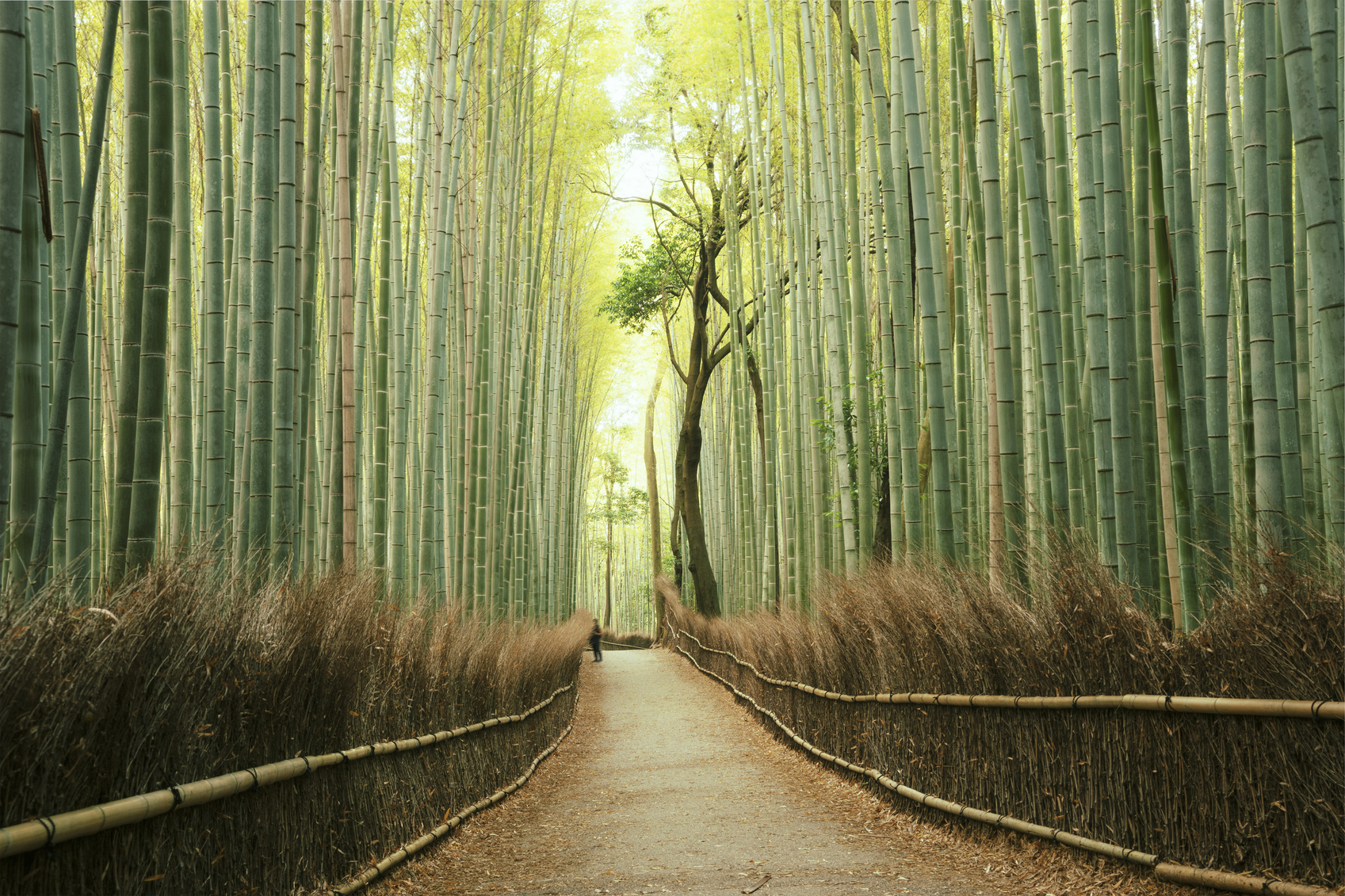The Vitality of Prana and Pranayama: Harnessing Energy for Health and Spirituality
In the vast expanse of the universe, a subtle but powerful energy flows through everything, connecting us to the cosmos and each other. This energy, known as “prana,” is the life force that sustains us and every living being. The ancient practice of pranayama, or breath control, is a means to channel this prana, impacting our health, vitality, and spiritual growth. But what exactly are prana and pranayama? And how do they influence our lives? Let’s delve deeper into this fascinating topic.
Prana: The Life Force
Prana, a Sanskrit term, translates to “vital life” in English. It is a concept deeply rooted in Indian Yogic philosophy, representing the primal life force that permeates the universe, animating and energizing all life forms. It is akin to what Chinese philosophy refers to as “Qi” or what Western science might describe as “energy.”
Imagine a day when you wake up feeling invigorated, ready to seize the day with enthusiasm—that’s your prana flowing freely. On the contrary, days when you feel lethargic and low, your prana may be blocked or depleted.
“When the breath is unsteady, all is unsteady; when the breath is still; all is still. Control the breath carefully. Inhalation gives strength and a controlled body; retention gives steadiness of mind and longevity; exhalation purifies body and spirit.” – Swami Svatmarama, Hatha Yoga Pradipika
Pranayama: The Art of Breath Control
Pranayama is the practice of controlling this prana through breath. The term combines two Sanskrit words: ‘prana’ and ‘ayama,’ meaning ‘to extend’ or ‘to draw out.’ In essence, pranayama is the extension or expansion of the dimension of prana, the vital force using any of a variety of about 50 main breathing techniques, some of which have been renamed by modern Western researchers and are now commonly taught – though not always correctly.
Breath, in this context, is not merely a biological function but a bridge between our physical and non-physical selves. By consciously controlling our breath, we can regulate our energy levels, manage our emotions, and tap into deeper levels of consciousness.
The Role of Prana and Pranayama in Health and Vitality
The benefits of pranayama are not just mythical or spiritual; they are tangible and scientifically validated. Regular practice can enhance lung capacity, improve cardiovascular health, reduce stress, and boost the immune system.
Consider the story of James, a middle-aged man suffering from high blood pressure and chronic anxiety. After incorporating pranayama into his daily routine, James noticed significant improvements in his health. His blood pressure normalized, his stress levels dropped, and he experienced an overall sense of well-being.
James’s story is not unique. Across the globe, many have found pranayama to be a powerful tool for managing various health conditions and enhancing their vitality.
In pranayama practice, awareness, conscious regulation of the breath, and the duration of inhalation, exhalation and retention are key; they have a measurable impact on both the body and mind. Gyanpriya
Prana, Pranayama, and Spirituality
Beyond its physical benefits, pranayama holds profound spiritual implications. It is a cornerstone of meditation practices, facilitating a deeper connection with our inner selves and the universe.
Take the example of Maya, a corporate executive who felt disconnected from her true self amid her hectic life. She started practicing pranayama and meditation and soon noticed a shift in her consciousness. She felt more attuned to her inner needs and experienced a sense of peace and clarity she had never felt before.
Why Make Time for Breathing Practice?
Prana and pranayama are more than ancient concepts or practices—they are keys to unlocking our full potential, both physically and spiritually. By understanding and harnessing these forces, we can lead healthier, more vibrant lives and connect with our deeper, spiritual selves. Whether you’re seeking physical vitality or spiritual enlightenment, the journey can begin with a single breath. So, why not take that breath now?




0 Comments